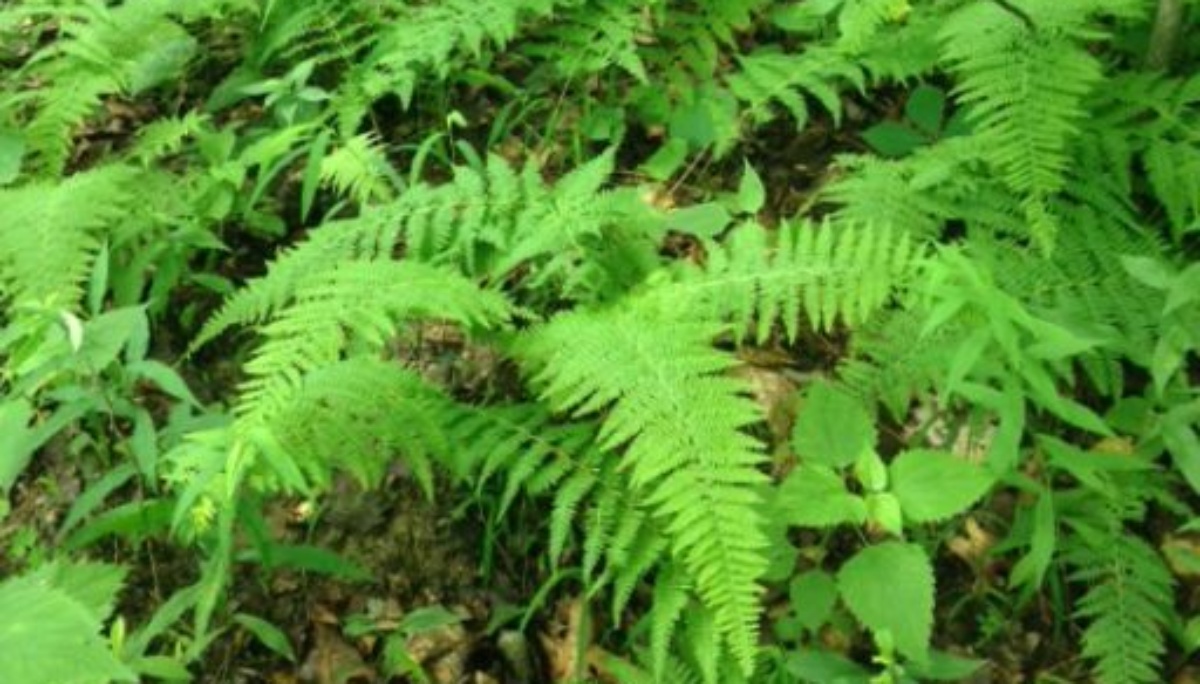September 22, 2025, was the autumnal equinox, or the beginning of fall in the Northern Hemisphere. The equinox is said to demonstrate balance between day and night, each lasting about an equal portion of our twenty-four-hour clock on that date.
I wonder if most of us Libra’s, born between September 23rd and October 22nd, lovers of balance and harmony, also have an affinity with the fall season. On balance, I think so.
The usual complaint those of us who treasure Autumn, otherwise and affectionately known as “sweater weather,” “jacket weather,” or fall, is that it’s too fleeting. We would of course prefer that fall took up half the year and spring, the other half. “Temperate,” is what they call it, I think. Balanced.
Winter and summer are big seasons. These seasons are unmistakably in your face. Winter is harsh and summer is intense.
Autumn and spring are gentler, easier. Unencumbered comes to mind when I think of autumn and spring.
That winter coat, gloves, scarf and such make me feel a bit like a turtle walking around having to carry my shell, always carrying something. And in the summer the ever-present blanket of claustrophobic humidity sitting heavily on my skin, comes close to suffocating.
Thanks to American poet and naturalist, Henry David Thoreau, we have been coached to perceive autumn as evening, sunset, and the close of fruitfulness. It reminds me of what some have referred to as “Sunday night melancholy.” Fun and games have ceased, and seriousness, responsibility and stress commence on Monday morning, oh my.
But Thoreau saw the “painted leaves” of autumn as one of the most beautiful happenings of the calendar. Paradoxically, he thought Autumn light signals the culmination of life, fulfillment, satisfaction, even leaving what has been behind.
As to leaving, my two-year-old grandson would just rather not. He doesn’t like leaving anywhere he has been. And since he is, well, two, and he doesn’t yet know how to regulate his emotions, he gets distressed when leaving anywhere every time.
It’s possible that with all the “leaving” involved in Autumn, and the darkening of our days, some folks don’t like the fall. Like my grandson, they get distressed, maybe even grieve the passing of time, in the Autumn.
A prevalent part of the cycle of life and death, exemplified in leaves, is growth, development, peak, maturity, becoming a colorful spectacle, leaving, falling, blanketing the earth, crunchiness, the smelliness of decay, turning brown, and death. The whole tree, on the other hand, its roots, trunks, and branches rest, regenerate and then it starts all over again; the cycle of life, that is.
Trees are apostles of sorts. They dispatch their leaves so that the tree can live. The biological term for falling leaves, is apoptosis, a close relative of another Greek word, apostle.
In the west, schools start in the fall, and kids leave the nest. Leaving is part of the cycle of life. Why does it make us sort of sad?
Life goes on. It is what it is. Or, as Michael J. Fox said, “acceptance is not resignation but a form of understanding.” I’m thinking that there is no beginning without first a leaving.
What do you think? Fox continued to say, “happiness grows in proportion to one’s acceptance and inversely to one’s expectations.” That’s kind of poignant.
There is a natural turnover to life and death. Ten percent of our bone mass is renewed every year, every year.
Our cells are continually dying and new ones taking their place, in a delicate balancing act. It’s no joke how wondrously we are made; each of us a gymnast traversing a shockingly narrow balance beam between life and death.
According to Thoreau, Autumn is the year’s “last, loveliest smile,” with notable changes in the atmosphere reflecting the year’s events. The falling leaves symbolize life’s harmonious journey from life to dust and tutor us in the art of letting go and renewal.
